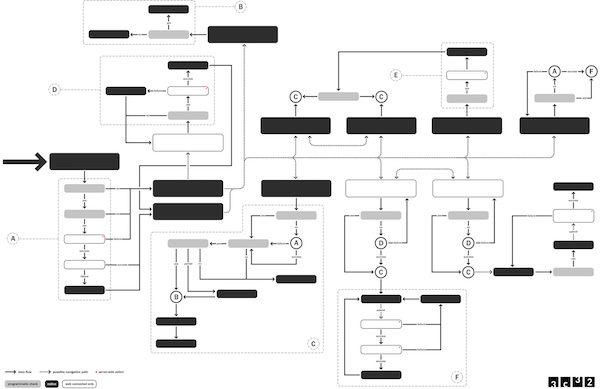
Something that often gets ignored when evaluating and discussing sports science, is the concept of standardization. It’s neither sexy nor exciting, but it is a crucial component when it comes to data collection processes and procedures, as well as analyses and interventions. Standardization must be used to ensure specific standards are met in order to allow us to make better decisions.
In medicine, it is common for a physician to order lab tests to be performed as diagnostic tools for their patients. For example, a fasting blood glucose test is a blood test used to help diagnose diabetes or pre-diabetes. This test is standardized by requiring the patient to be fasted for at least 8 hours prior to taking the blood sample, to allow for improved reliability and validity of the test results. We could easily make this test more “flexible” by allowing it to be done regardless of fasting, however this flexibility does not improve this diagnostic tool, it actually jeopardizes the accuracy of the assessment.
Another great example of standardization comes from the World Health Organization in the form of the International Statistical Classification of Disease and Related Health Problems, or ICD for short. Current in its tenth revision, the ICD-10 is used world-wide to standardize the definitions of different ailments or injuries. This standardization allows transparency across the globe, as well as encourages aggregation of data to allow for information from all across the world to be merged and further insights to be found.
When it comes to sports science, the classification and standardization of injuries is also a common problem. Different to some other injury management systems, we utilize the Orchard Sports Injury Classification System (OSICS). The OSICS system, also in its tenth revision, is one of the world’s most commonly used systems for coding injury diagnosis in sports injury surveillance systems. Are all “broken foot” injuries created equally? What about “knee ligament sprains”? What is a “knee ligament strain”? This classification system can improve communication and transparency within an organization, as well as insuring the injury data is reliable. This again allows for aggregation which expedites the ability to validate predictive models and define best practices. Without standardization, the research used to validate our theories and hypotheses as coaches would not be able to exist. Standardization has allowed us to stand on the shoulders of giants.

A subtler way the above blood test is standardized, is simply within the test itself. A blood sample is collected, and the concentration of glucose in the blood is measured. We could easily make this test more “complex” by also measuring insulin, electrolytes, or even free testosterone. But again, adding complexity does not add value. Adding more often simply causes confusion. This standardization of testing helps to hold practitioners accountable and eliminate distractions that could interfere with interventions.
T-scores are a statistical tool used to transform an individual data point into a standardized score to allow for easier interpretation. In medicine, t-scores are commonly used to standardize data from DXA scans which are used to measure bone mineral density (BMD) to help with the diagnosis of osteoporosis. Instead of giving a patient their average bone mineral density in g/cm^2, a t-score is provided with 50 being the mean or average. This standardization allows us to get meaning out of complex data, putting the numbers into context. It would be possible to provide the raw BMD data for this patient, even give a breakdown of each different limb. But again, this additional information isn’t of any value, especially out of context. Without standardization, there is nothing to hold practitioners accountable to focus on what is important, not “what else can I look at?”
Reliable data collection must involve standard procedures, (when do I turn the GPS unit on?) and standardized variables (what is meaningful?). Aggregation requires standardized datasets (which “rotator cuff” strain?) and data depth (how many years of data are collected?). Good coaching requires standardized movement (how deep do you squat?) and standardized programming (what is your intent?).
Standardization is what allows decisions to be made based on the best available knowledge. Don’t jeopardize science for the sake of being flexible.